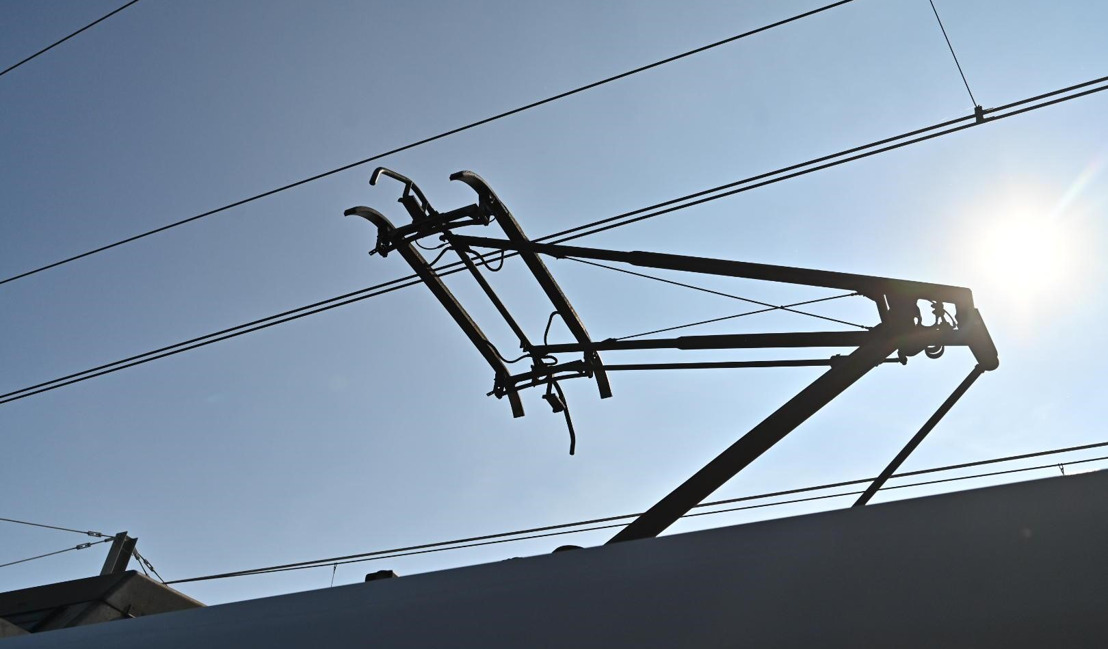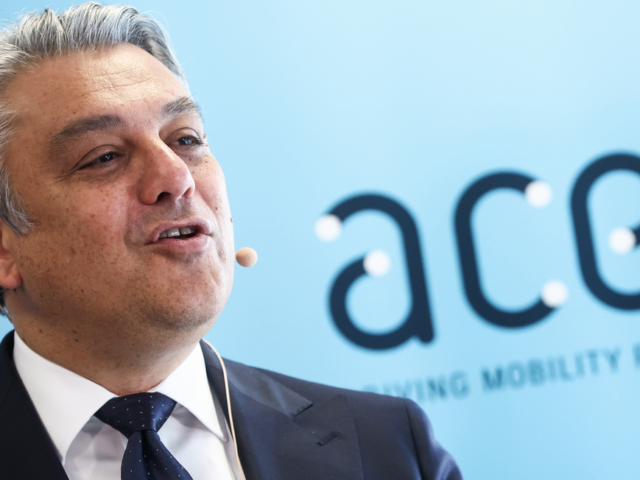
First electric train runs on Mol-Hamont railway line

The Belgian railways have taken another step in the electrification of the network. From now on, e-trains will also run between Mol and Hamont /NMBS
The new electrified railway line Mol-Hamont was officially inaugurated on Thursday with the first electric train running from Mol to Neerpel


Comments
Ready to join the conversation?
You must be an active subscriber to leave a comment.
Subscribe Today